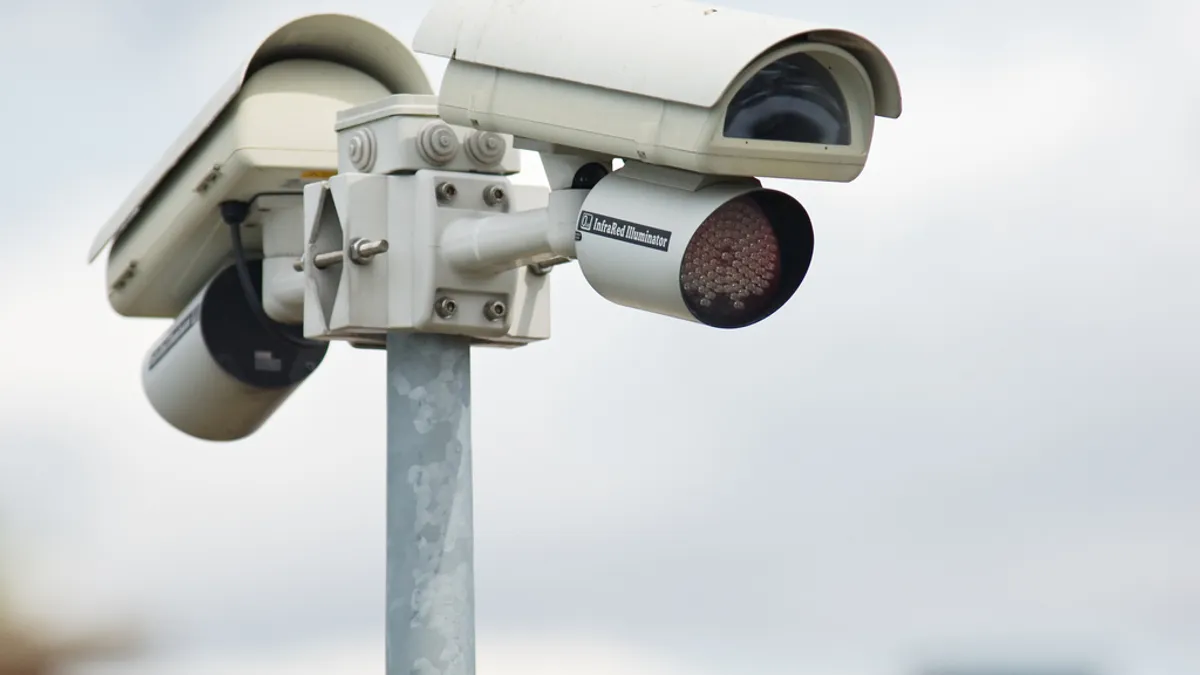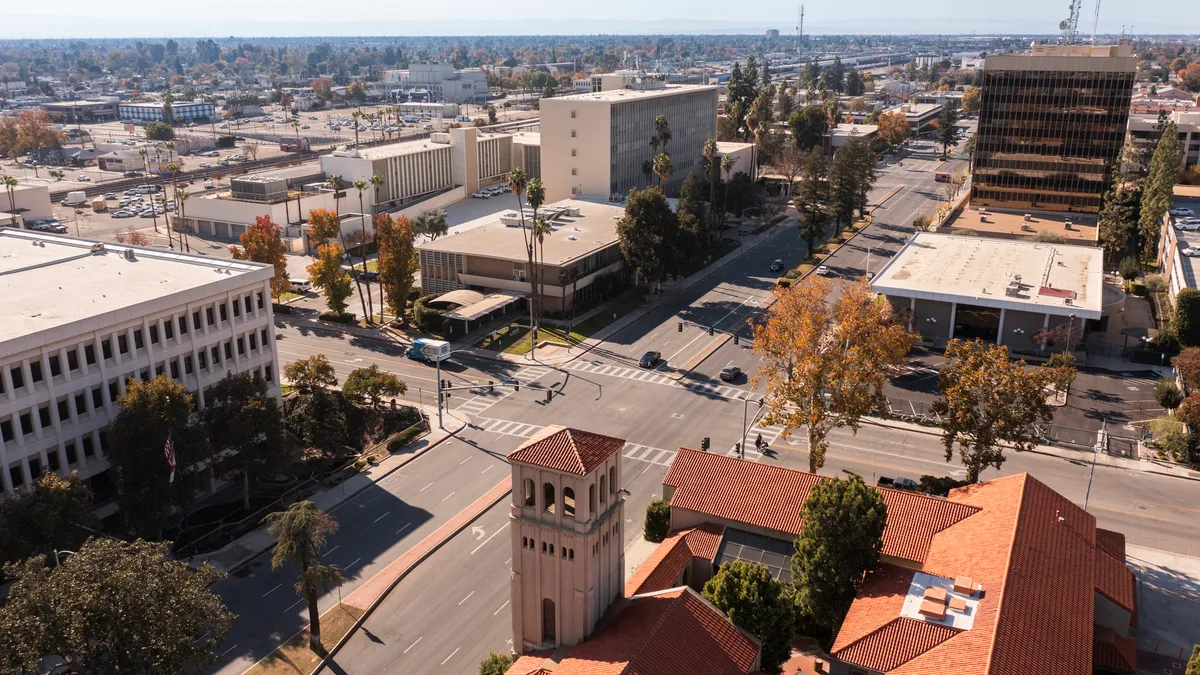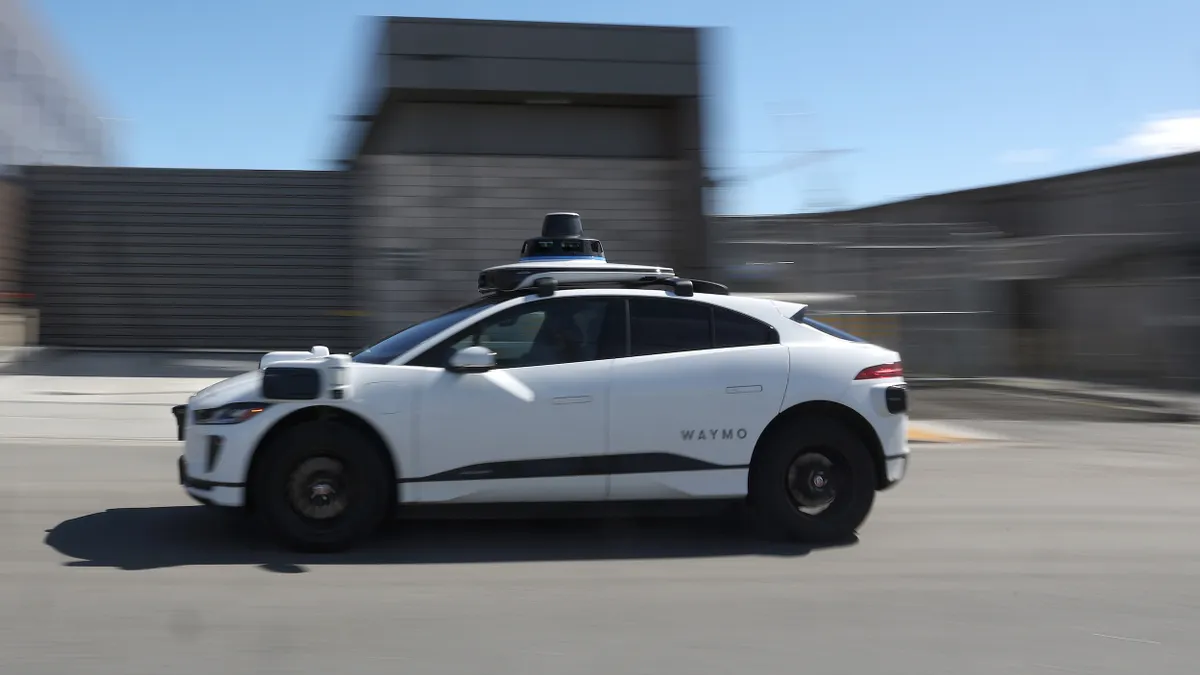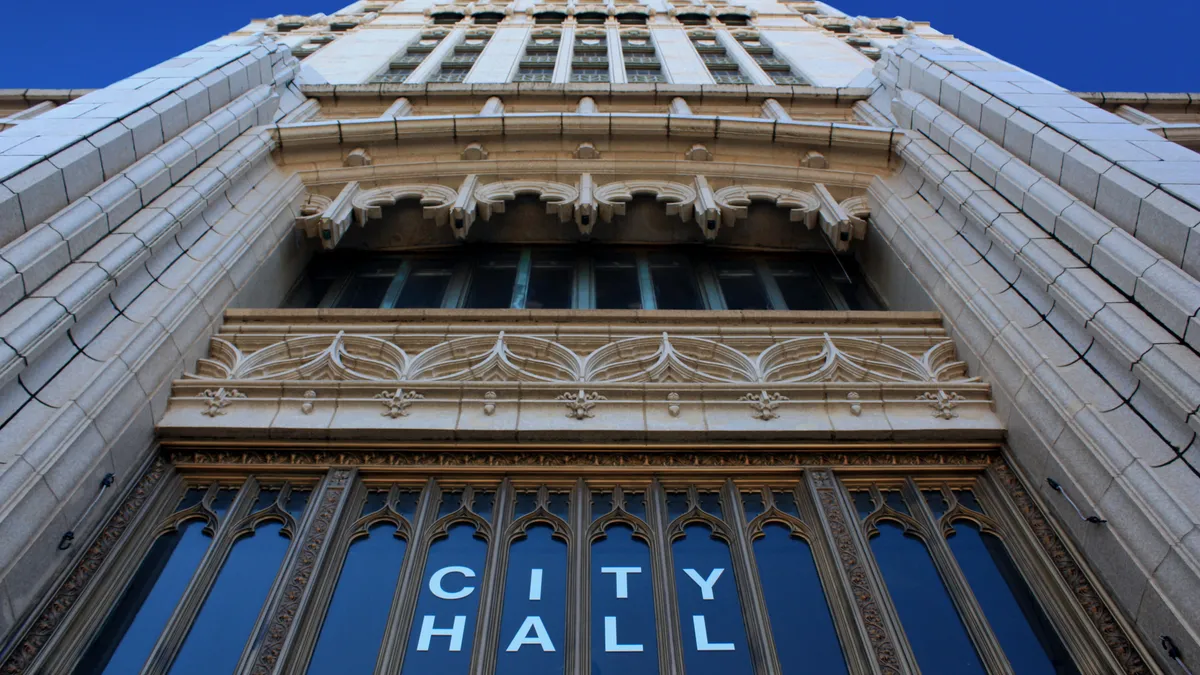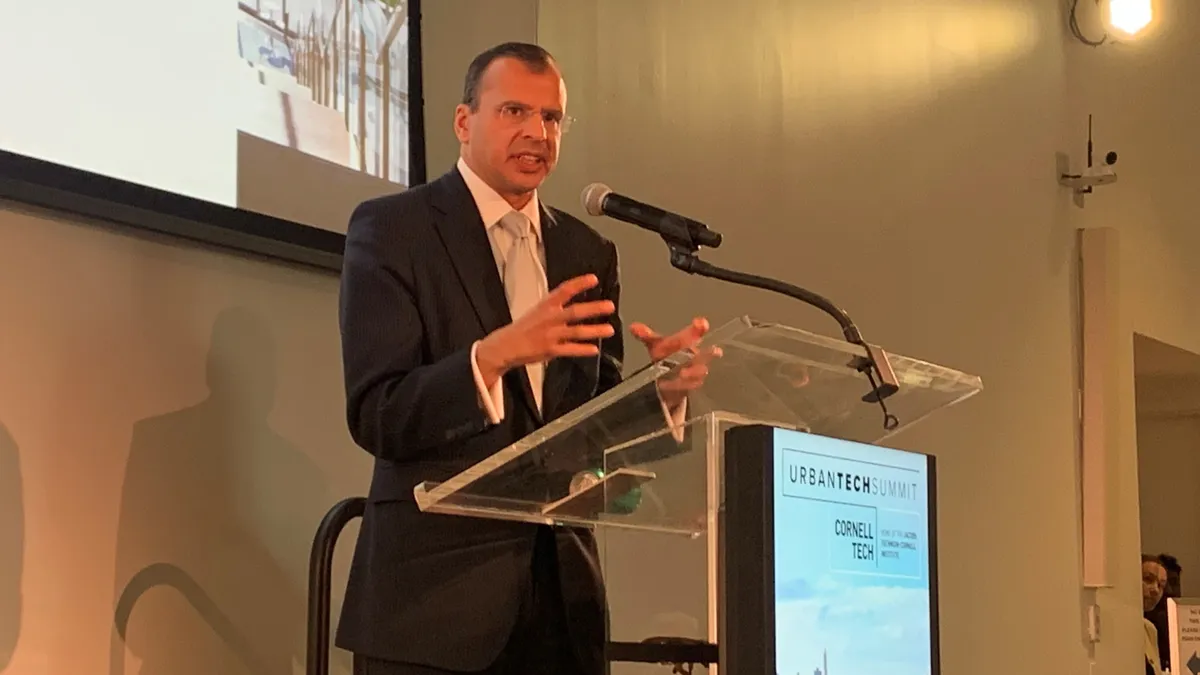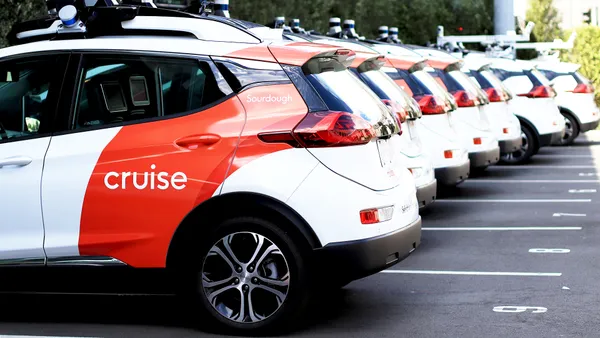Editor's Note: The following is a guest post from BriefCam CMO Stephanie Weagle.
What sets a smart city apart? Arguably, the smart city is differentiated — and driven — by its ability to evaluate its existing infrastructure; identify inefficiencies and opportunities for technological enhancement; and integrate intelligent solutions that streamline everyday operations. This, of course, is easier said than done, especially considering the costs of technology implementation and the significant demands of managing and maintaining daily city operations.
In order to competitively attract visitors, commerce and residents, cities worldwide are finding ways to facilitate smart city transformation. A starting point for many cities is pinpointing which existing resources can be maximized by integrating complementary solutions, instead of overhauling and replacing current infrastructure entirely.
For instance, city surveillance is standard globally, yet with the rise of internet of things (IoT) devices and artificial intelligence-driven technologies, data-driven solutions have emerged for transforming that everyday video content into security and operational intelligence. Many cities feature extensive video camera networks to enable officers to remotely monitor areas of interest or work with businesses and camera owners in the local community to extract video evidence for investigations.
Video content analytics allow operators to powerfully and impactfully leverage video that is already being captured for accelerating video investigation, enhancing situational awareness and enabling proactive real-time response to dynamic situations. Video intelligence solutions critically enable city transformation, empowering local governments and law enforcement to drive urban planning, traffic optimization, incident response and enhanced public safety.
Urban planning and traffic optimization
Video intelligence solutions are based on deep learning technology, an artificial intelligence technique that trains the software to identify, classify and index objects that appear in video, so that the metadata becomes searchable, actionable and quantifiable.
For cities with extensive surveillance resources and law enforcement agencies, video content analytics transforms previously under-utilized data into a critical resource for driving operations management, intelligent decision-making, and public safety enablement. This is because, when video metadata is aggregated over time and visualized into dashboards, heatmaps and reports, it can be used to understand trends and inefficiencies and drive urban planning and infrastructural development.
By analyzing and visualizing major intersection activity into a heat map, for instance, a city can understand where congestion occurs, the times of day its most likely to happen and identify possible causes — all of which empower the city to develop data-driven solutions. From installing additional traffic lights, cross walks or even bike lanes to expanding highways or adding new entrance and exit ramps, the city can identify whether new infrastructure is needed to relieve congestion, prevent accidents and preserve safety.
Beyond identifying the causes and locations of bottlenecks, cities can also leverage video data to analyze traffic patterns and identify underutilized infrastructure, such as parking lots; alternatives to crowded main roads; and highway entrances and exits, in order to make data-driven decisions for redirecting traffic and alleviating congestion.
While this analysis is helpful for streamlining everyday city activity, it is critical for planning for expected increases in traffic during times such as holiday weekends. By ensuring the safe and smooth flow of traffic, cities can create positive visitor experiences, which may inspire return visits or even an influx of new residents and commercial opportunities for the city. This is one way that actionable intelligence can influence everyday operations and long-term growth for a city, by maximizing existing video resources to draw insights.
Real-time alerting and incident response
While preemptive planning is important for cities, the ability to proactively respond to traffic events — which could cause bottlenecks or accidents — is equally essential for maintaining traffic flows, public safety and a comfortable lifestyle in the city. Based on object classification, video content analysis enables operators to trigger alerts when predefined conditions are met, so that law enforcement can closely monitor suspicious situations or even traffic violations.
For instance, if a vehicle is detected dwelling in a no-parking zone or along the shoulder of a highway, the situation can be evaluated more closely and the appropriate response can be executed in real time, before congestion is caused or an accident takes place.
Beyond traffic optimization, real-time alerting can optimize responses to emergency situations or criminal incidents, as well, by detecting signals such as crowding or anomalous behavior — such as activity in a shopping center parking lots during when the stores are closed. For jurisdictions that allow it, alerts can also be triggered based on face recognition: An alert can be triggered by matching detected faces against a preconfigured watchlist and notifying when possible matches appear on camera in real time. Police can leverage face recognition to quickly pinpoint suspects or locate and recover missing persons.
Whether based on face recognition or enhanced object classification, video analytics-driven real-time notifications can empower cities and increase law enforcement's situational awareness. With easier access to actionable intelligence and the ability to rapidly review and assess developing situations, law enforcement becomes safer and more efficient for officers; more effective for maintaining public safety; and, most importantly, trusted by the local community.
Community policing and resident confidence
Confidence in law enforcement and public safety invites city growth, whereas a reputation for ineffective policing and high crime rates can damage a city's economic development. Smart cities looking to enhance security can utilize video content analytics when responding to dynamic situations, but it can also be leveraged forensically for investigating and solving crimes.
Video investigation software empowers police to quickly review and understand security incidents, act on the information and search video to pinpoint people or objects of interest. By accelerating investigations and response times, local law enforcement can inspire confidence and actively maintain citywide security based on video intelligence.
Whether driving municipal operations, promoting public safety or fostering growth, video content analysis is a critical enabler of smart city transformation. Beyond video surveillance and analytics, by bolstering existing resources, cities can meaningfully advance smart city initiatives and embrace a tech-enabled future.


